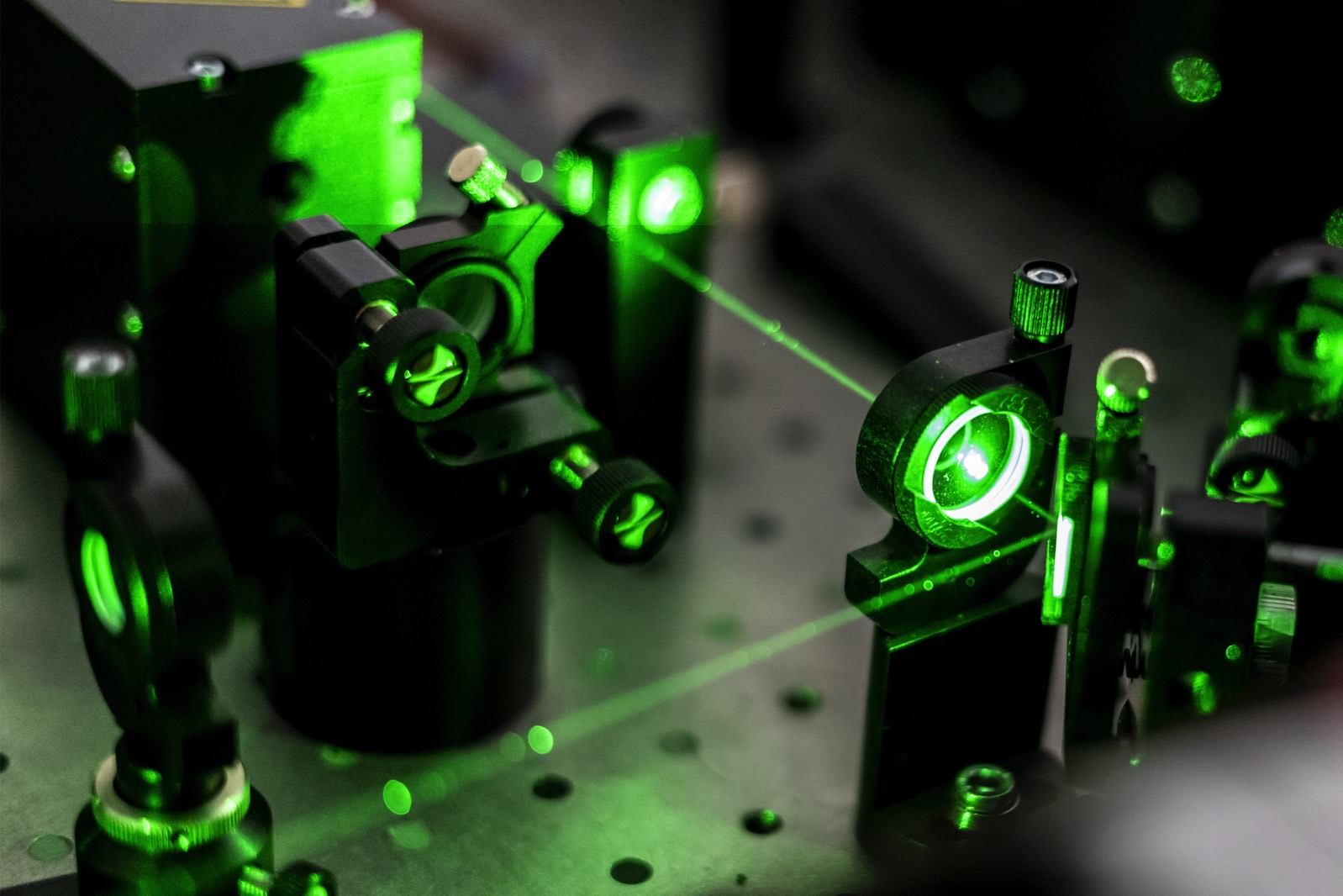A group of scientists created “slits” in time, allowing them to send light through the slits in a twist on an experiment first run over 200 years ago. In the original experiment, scientists sent light through slits on a screen, creating a unique pattern across space.
Now, though, this new group of researchers has managed to take that experiment a step further. Instead of creating slits in space, they’ve created slits in time using lasers. The pattern created is similar to that of the original experiment and changed the color of an ultra-brief laser pulse.
According to reports, these findings lay the foundation for advances in analog computers. By using slits in time, the computers may be able to read and write data imprinted on beams of light instead of relying on digital bits. The researchers say it might even allow the computers to learn from the data they work with.
There’s another side to this experiment, as it could also deepen our current understanding of the nature of light and how its fundamental interactions with materials play out. The findings from the creation of these slits in time were published in Nature Physics.

According to the paper, researchers utilized indium tin oxide (ITO), a material that can be found in most smartphone screens. Scientists already understood that ITO could respond to light by changing from transparent to reflective. However, they found that it happens much faster than originally thought.
In fact, the change happens in less than ten femtoseconds (10 millionths of a billionth of a second). That’s very, very fast. To determine why the change happens so quickly, scientists looked at the theory of how ITO’s electronics responded to the light used to create the slits in time.
The original experiment was first demonstrated in 1801. In the new study, the researchers recreated the interference seen in the original. They used a pump pulse laser and shined it at a screen coated in ITO. They found that the ITO changes from transparent to reflective when the light from the laser hits ITO’s electrons.
At the same time, they then sent a subsequent probing laser beam into the ITO screen. When they did this, they saw a temporary change in the optical properties of the beam. This “slit in time” was just a few hundred femtoseconds long, but still quite the breakthrough.
This isn’t the first time humans have found ways to manipulate light across time, either. Of course, this isn’t quite the same as traveling through time, as you might see in a movie. However, in this instance, these discoveries could open the door for new advancements in analog computers, unlike anything we’ve seen before.








